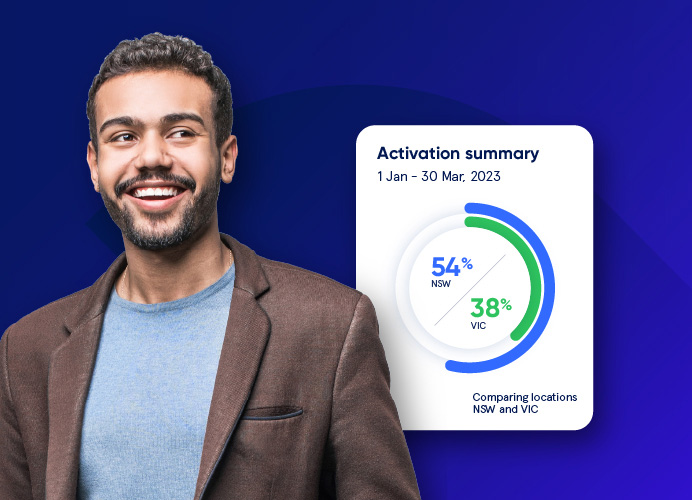New user-friendly guide to ISO 45003

Insights.
Since ISO 45003 was published on 8 June 2021, online WHS and forums have been abuzz with questions around what the world’s first international standard for mental health in the workplace means for CEOs, board members, People and Culture Directors, WHS managers, and their organisations. Typical questions include, “What is ISO 45003?”, “Why is ISO 45003 important?”, “Do I have to comply with ISO 45003?” and “How does the new standard fit with existing WHS rules and guidelines?”.
To help you make sense of the new standard, we are pleased to release today our new must-read guide, A Simple Overview of ISO 45003: What the new guidelines mean for managing psychosocial risks in the workplace.
The user-friendly guide will help you understand what’s inside ISO 45003 and answer the most common questions, as well as explain how the new ISO fits with existing WHS rules and guidelines. It was prepared in conjunction with McCullough Robertson Lawyers, whose Employment Relations and Safety Group has extensive experience advising business and government on all aspects of WHS compliance, internal investigations, regulatory investigations and prosecutions.
Update: Due to changes in rules and regulations in Australia, this guide has been updated at least twice since the original version was posted on this blog. Please click this image to go to the newest version.
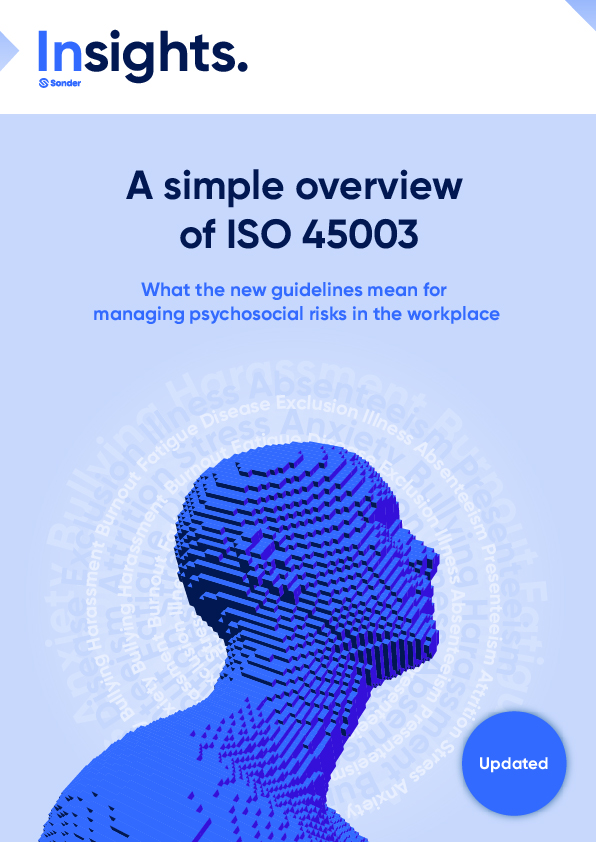
ISO 45003 FAQ
If you’d like some quick answers to the FAQ about ISO 45003 before you read the full guide, please find below a selection of excerpts that might be of interest...
What is ISO 45003?
ISO 45003 (officially known as ISO 45003:21 Occupational health and safety management — Psychological health and safety at work — Guidelines for managing psychosocial risks) is the first global standard that provides specific guidance on the management of psychosocial risks and promotion of wellbeing at work, in a manner consistent with other health and safety risks in the workplace.
The new standard is applicable to organisations of all sizes and in all sectors. It is intended to be used in conjunction with its parent standard, ISO 45001, which contains requirements and guidance on planning, implementing, reviewing, evaluating and improving an OH&S management system.
At its core, ISO 45003 is a risk management tool to help organisations in their shared responsibility to build safer and healthier workplaces. What makes it unique is that it emphasises the business imperative for promoting and protecting psychological (not just physical) health in the workplace.
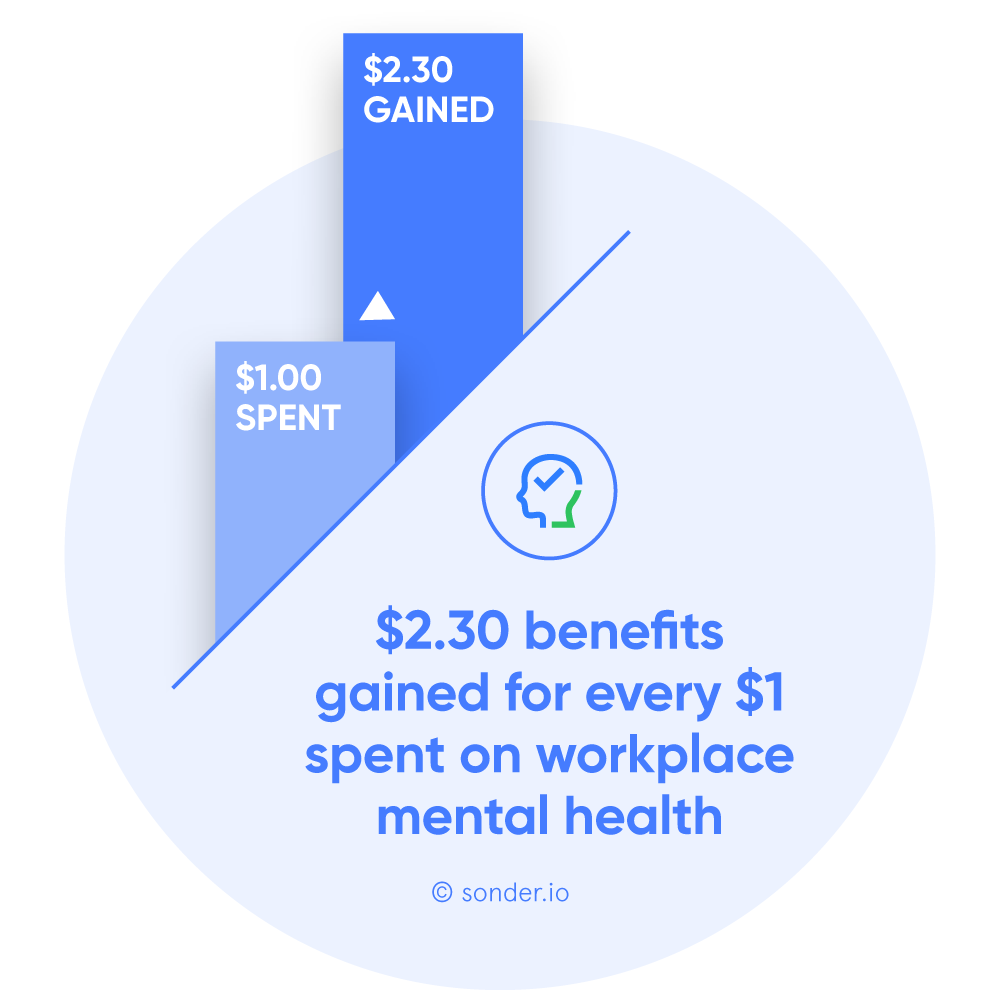
PwC (2014) Creating a mentally healthy workplace. Return on investment analysis p iv.
What are psychosocial risks?
Let’s start with psychosocial hazards. These “relate to how work is organised, social factors at work, and aspects of the work environment, equipment and hazardous tasks.”
Following on from this,
- “Psychosocial risk relates to the potential of these types of hazards to cause several types of outcomes on individual health, safety and wellbeing, and on organisational performance and sustainability”; and
- Psychosocial risks are factors that may affect a worker’s psychological response to their work and workplace conditions, and may result in poor health and poor health behaviours (including reduced productivity and absences from work).
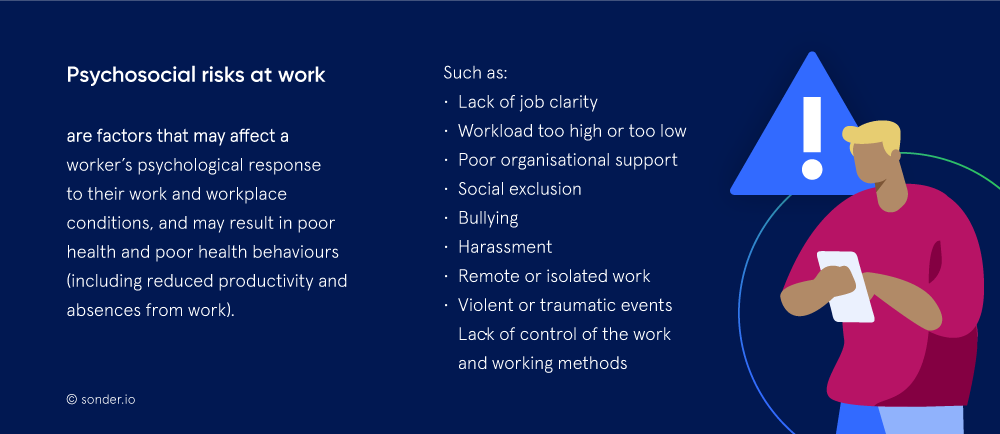
Psychosocial risks at work
- Lack of job clarity
- Workload too high or too low
- Poor organisational support
- Social exclusion
- Bullying
- Harassment
- Remote or isolated work
- Violent or traumatic events
- Lack of control of the work and working methods
Poor health
- High stress
- Fatigue
- Burnout
- Anxiety
- Depression
- Diabetes
- Sleep disorders
- Musculoskeletal disorders
- Cardiovascular disease
Poor health behaviours
- Poor diet
- Smoking
- Aggression
- Substance misuse
- Withdrawal from social activities
- Low levels of physical activity
- Failing to show up for work
- Health care seeking behaviours
- Lack of adherence to prescribed medication
What is wellbeing at work?
Wellbeing “encompasses the health of the whole person - physical, mental, social and emotional” and “is most likely to flourish in a supportive and inclusive environment”.
Workplace wellbeing is defined in ISO 45003 as the “fulfilment of the physical, mental, social and cognitive needs and expectations of a worker related to their work”. It “relates to all aspects of working life, including work organisation, social factors at work, and work environment and hazardous tasks”. It “can also contribute to the quality of life outside of work.”
The International Labour Organisation (ILO) considers workplace wellbeing “a key factor in determining an organisation's long-term effectiveness [as] many studies show a direct link between productivity levels and the general health and wellbeing of the workforce.”

Do organisations need to comply with ISO 45003?
From a legal perspective, adherence to ISO 45003 is voluntary because it is a guidance standard not a requirements standard, with no official certification and no compliance check.
From a business perspective, ISO 45003’s best practice recommendations offer many potential business gains, and dismissing the standard might arguably be considered negligent if a regulator were to determine that an organisation was aware of the best practice but chose to ignore it.
The ISO 45003 opportunity
The beauty of guidance standards, such as the new ISO 45003, is their window of opportunity for organisations to lead from the front, before compliance is mandated. As Peter Kelly, a senior psychologist and an original member on the Standards Committee UK for Management Standards for Psychological Health and Safety, describes the recent publication of ISO 45003,
“Don’t see this as something that’s adding a burden, see [it as] a key to opening the doors to get better workplaces for people.” Source
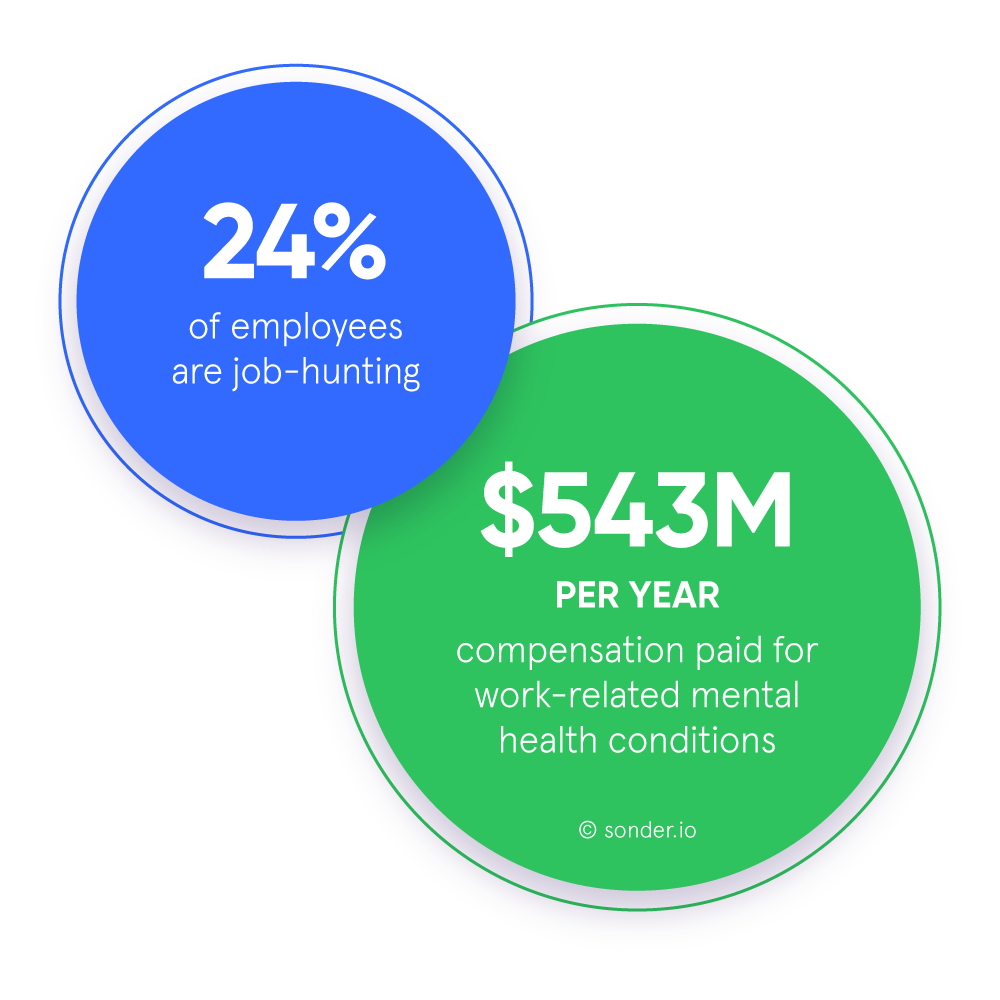
lifeline.org.au
Want to learn more?
We invite you to download our new guide here:
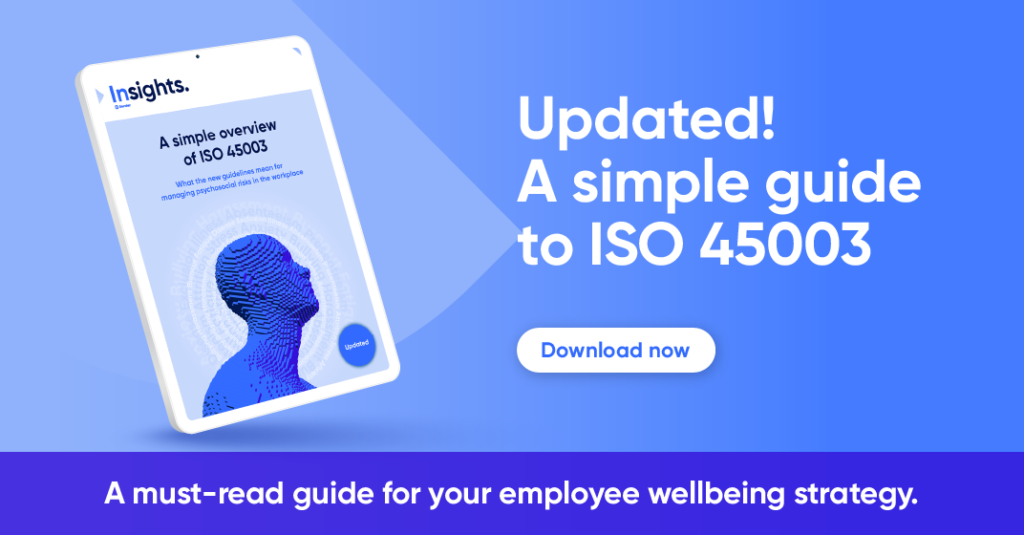
For more information about Sonder and/or to talk to us about how your organisation can better comply with ISO 45003, please contact us here.
About Sonder
Sonder is an Active Care technology company that helps organisations improve the wellbeing of their people so they perform at their best. Our mobile app provides immediate, 24/7 support from a team of safety, medical, and mental health professionals - plus onsite help for time-sensitive scenarios. Accredited by the Australian Council on Healthcare Standards (ACHS), our platform gives leaders the insights they need to act on tomorrow's wellbeing challenges today.
Related posts
There's so much more to share
Sonder is reimagining health, safety and wellbeing support. Sonder proves human centric care leads to earlier intervention. Sonder impacts one person at a time to drive meaningful change across an organisation. Sonder understands people and how to support them.




